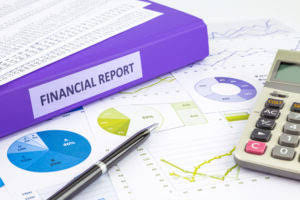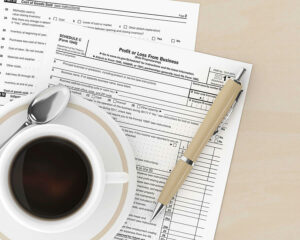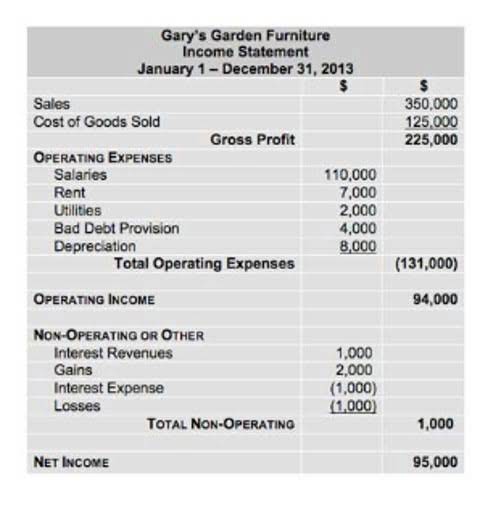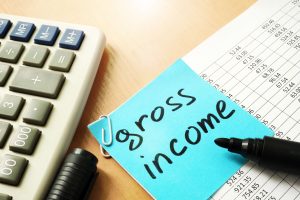
Instead, it is reflected through the accumulated depreciation account, which is a contra-asset account that offsets the corresponding asset’s original cost. But despite how commonplace fixed assets are, accounting for them can be a challenge. A clear understanding of fixed asset depreciation and the corresponding journal entries can help make the process easier. A depreciation journal entry records the decrease in an asset’s value over time.
- Let’s say your business purchased office furniture for $12,000 on January 1.
- The journal entry to record depreciation includes a debit to the depreciation expense account and a credit to the accumulated depreciation account.
- When you purchase an asset, its original cost is recorded in the asset account on the balance sheet.
- A depreciation journal entry records the reduction in value of a fixed asset each period throughout its useful life.
- The accounting practice of allocating the cost of a tangible asset over its useful life is known as a depreciation journal entry.
- Depreciation is vital to accounting for your company’s fixed assets correctly.
Cash Impact of Depreciation
This expense is presented in the income statement while the accumulated depreciation is presented in the Balance Sheet as the contra account of the fixed assets. Depreciation expense is a debit entry because it is an expense account, while accumulated depreciation is a credit entry because it is a contra-asset account in the balance sheet. After recording the depreciation journal entry, ensure the total accumulated depreciation shown in your general ledger agrees with your end-of-year accumulated retained earnings balance sheet depreciation. Some accounting software limits the number of accounts that can be created. Instead of creating a separate Accumulated Depreciation account per fixed asset unit, we recommend summarizing entries per fixed asset class, such as equipment, furniture, and software.
Depreciation Expense Vs Accumulated Depreciation
A depreciation journal entry records the reduction in value of a fixed asset each period throughout its useful life. These journal entries debit the depreciation expense account and credit the accumulated depreciation account, reducing the book value of the asset over time. The journal entry for depreciation can be a simple entry designed to accommodate all types of fixed assets, or it may be subdivided into separate entries for each type of fixed asset.
Step 2: Compute Depreciation Expense

Once you have your data and chosen depreciation method, use the corresponding formula to calculate the annual depreciation expense. This post will delve into the specifics of depreciation expense journal entries, where and how to record them, and how they impact financial statements. We Interior Design Bookkeeping simply record the depreciation on debit and accumulated depreciation on credit. Alternatively, you can use a depreciation worksheet to have a formal document.
- In this method, the asset account is charged (credited) with depreciation.
- Depreciation is when an asset loses value over time due to wear and tear or use.
- Typically, the carrying value is presented as a separate line item under property, plant, and equipment (PP&E) or fixed assets.
- With enough knowledge, business owners will not have a hard time understanding how depreciation impacts net income and net assets.
Method 1 – Depreciation Charged to the Asset Account

This worksheet is a supporting document that vouches for the depreciation journal entry. However, preparing a depreciation worksheet is an optional step; you can still compute depreciation without this worksheet. As a result of this method, the asset can be shown at its original cost, and the provision for depreciation (contra account) can be shown on the liabilities side. Accumulated depreciation is a contra asset account that is used to track the total amount of depreciation that has been charged against an asset over time. Depreciation is vital to accounting for your company’s fixed assets correctly. The units of production method ties depreciation to how much the asset is used instead of how long you’ve had it.

What is accumulated depreciation?
When an asset is purchased, any expenses incurred on the purchase of the asset (except for goods) increase its cost. Let’s assume that a piece of machinery worth 100,000 was purchased on April 1st 2023, with a scrap value of nil and a depreciation rate of 10% (straight-line method). After the asset’s useful life is over and when all depreciation is charged, the asset approaches its scrap or which of these are parts of the journal entry to record depreciation? residual value.


Below is a sample depreciation worksheet format using the same data presented earlier. “Depreciation account” is credited to transfer depreciation into the P&L account. It is important to note that all expenses incurred for the construction of the building are added to the cost of the building. These include purchasing construction materials, wages for workers, engineering, etc. For the past 52 years, Harold Averkamp (CPA, MBA) hasworked as an accounting supervisor, manager, consultant, university instructor, and innovator in teaching accounting online.